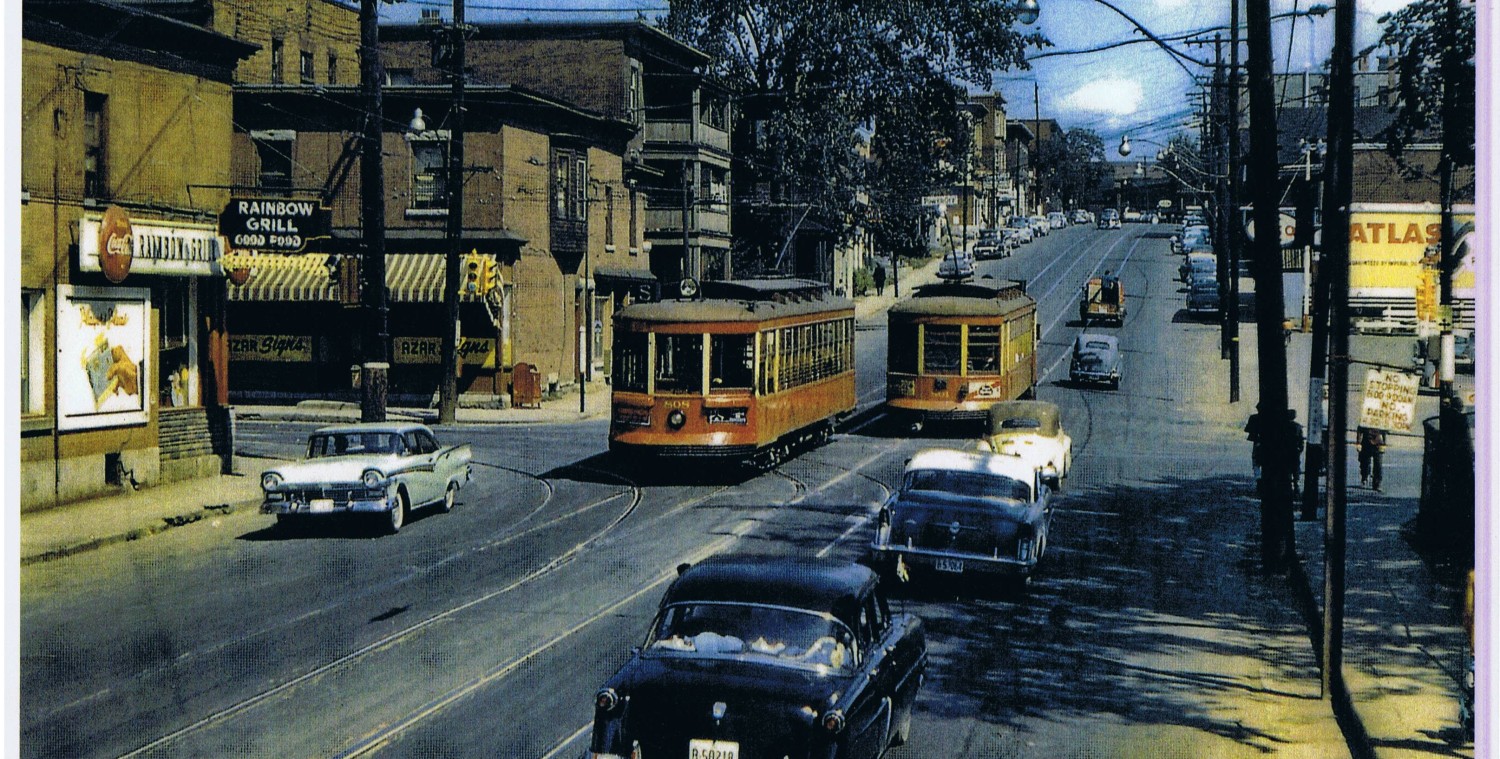
On separating cars and pedestrians
I hope readers haven’t been too bored with the ongoing series of stories of how well some cities protect / separate pedestrians from motorists. Here’s another example, where a series of large granite bollards not only delineate the separation, but provide an enormous measure of subjective safety. Don’t you just feel comfortable on this sidewalk, that no motorist is going to take it over for a “just for a moment” parking space, or a careless overrun of the curb that leaves the motorist unscathed (so much redundancy is put into road design to protect the motorist, usually by transferring the … Continue reading On separating cars and pedestrians
























